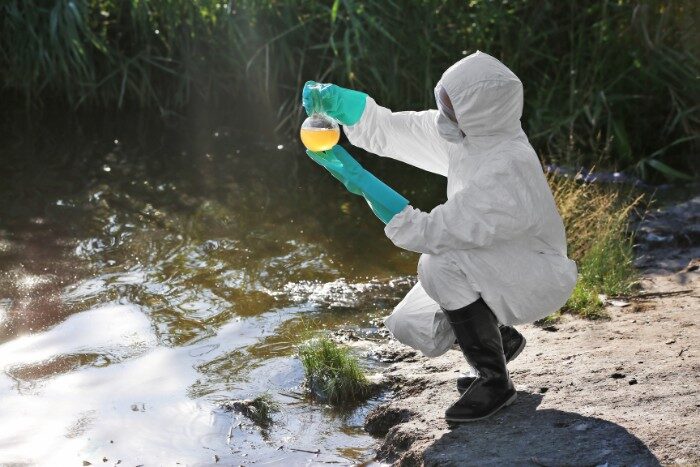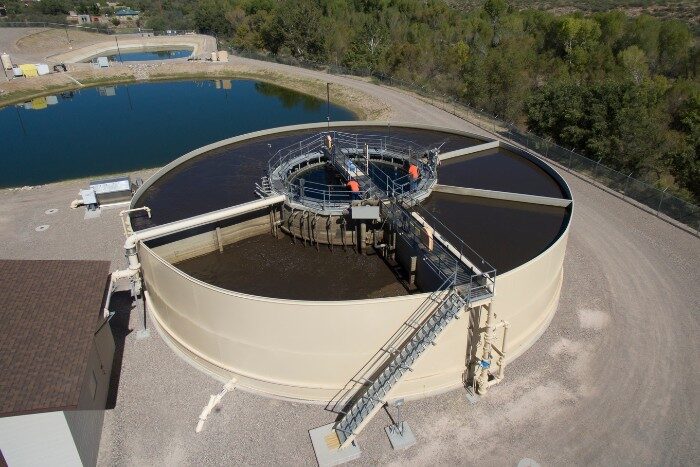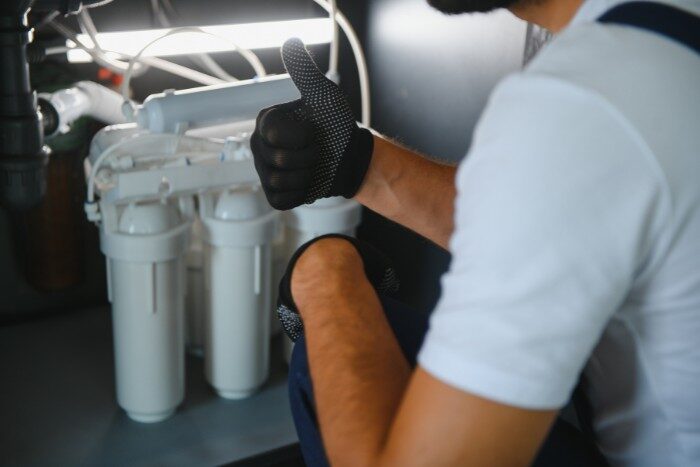
When the Environmental Working Group (EWG) released its report on tap water contamination, Phoenix made headlines, 79 out of 80 samples showed detectable levels of chromium-6, a known carcinogen. This raises a pressing question for locals: Is Arizona’s tap water safe to drink? While municipal systems aim to treat water to safe levels, no process is perfect. Occasional contaminants slip through, and over time, chronic exposure to less obvious toxins and pathogens can lead to health problems.
Below are 8 illnesses tied to Arizona’s tap water (and the invisible risks many homeowners don’t consider). Use this as a guide, but for full protection, combining filtration or purification is essential.
1. Giardiasis
Giardiasis is caused by the Giardia parasite and leads to symptoms such as diarrhea, intestinal cramps, gas, and nausea. It typically appears 1 to 3 weeks after exposure. In 2019, Arizona reported 57 cases of giardiasis, according to state health data.
2. Amebiasis
This infection results from the parasite Entamoeba histolytica, often through contaminated water or food. Symptoms may include diarrhea and abdominal pain, usually starting 2–4 weeks post-exposure. Arizona recorded 7 cases in 2019.
3. Legionellosis (Legionnaires’ Disease)
Legionellosis comes from Legionella pneumophila bacteria. Symptoms range from cough, fever, muscle pain, to headaches. The incubation period can be 2–10 days. In 2019, Arizona had 41 reported cases.
Because these bacteria thrive in certain plumbing conditions, underground pipes, hot water systems, and stagnant lines are especially vulnerable.
4. Adenovirus Infections
Viruses like adenoviruses can be transmitted through water sources. These viruses are responsible for illnesses such as pink eye, bronchitis, and respiratory infections. It’s difficult to pinpoint water as the sole cause, but in environments with untreated water, the risk increases.
5. Viral Gastroenteritis
Often called the “stomach flu,” this illness can be caused by various viruses, including norovirus. Though not always waterborne, contaminated water plays a role in transmission. Symptoms include vomiting, diarrhea, stomach cramps, and low-grade fever.
6. Cryptosporidiosis
Cryptosporidium is a parasite that resists standard chlorine treatment. It causes cryptosporidiosis, leading to stomach pain, diarrhea, nausea, and vomiting. Arizona reported 52 cases in 2019. Even well-managed systems can struggle to eliminate this pathogen without specialized filtration.
7. Salmonellosis
Salmonella bacteria can sometimes infiltrate drinking water, though it’s more often associated with food. Waterborne cases lead to diarrhea, fever, and stomach cramps. Arizona recently recorded 317 cases of salmonellosis.
8. Shigellosis
Shigellosis is caused by Shigella bacteria and spreads easily in unsanitary conditions, including contaminated water. Symptoms like diarrhea, stomach cramps, and fever typically appear 1–2 days after exposure. Arizona saw 117 reported cases in 2019.
Beyond Pathogens: Other Tap Water Contaminants to Know About

While viruses and bacteria are the most obvious threats, other less visible contaminants in Arizona’s water deserve attention:
- Chlorine: Used to disinfect, but overexposure is linked to higher risks of bladder, rectal, and breast cancers.
- Pharmaceuticals: Traces of medications can end up in drinking water when disposed of improperly. Their long-term health impacts are still under study.
- Heavy metals: Lead, mercury, and arsenic can leach into water and cause neurological, developmental, and organ damage.
- Chromium-6: The controversial contaminant that landed Phoenix in the spotlight, linked to cancer and other serious health concerns.
Why Arizona Is Particularly Vulnerable

Waterborne illnesses are more prevalent in Arizona due to several factors:
- Many sources allow recreational contact, increasing contamination risks.
- The state supports wastewater reuse, but there is limited federal regulation around it.
- Rainwater collection systems are allowed in residences, and without proper treatment, those can introduce contaminants.
- Climate change and rising temperatures accelerate bacterial growth and stress water systems.
These factors mean that even treated water can face contamination challenges, making “Is Arizona tap water safe to drink?” a valid local question.
How a Water Filter Protects Your Home and Health

Although the risks above can be alarming, you do have defenses. A quality water filter removes many of these pathogens and contaminants before they reach your tap.
Key filtration options include:
- Reverse osmosis systems: Excellent for filtering out heavy metals, salts, and chromium-6.
- UV filters: Target bacteria, viruses, and parasites that survive chemical treatment.
- Activated carbon filters or carbon-enhanced systems: Reduce chlorine, organic compounds, pesticides, and much more.
Some systems combine filtration with water softeners to address both health and water quality issues. A well-matched system grants peace of mind and reduces your exposure to Arizona’s waterborne hazards.
Final Thoughts: Is Arizona Tap Water Safe to Drink?
While public utilities comply with federal regulations, occasional lapses or system limitations mean there is still risk, especially with pathogens, heavy metals, and emerging chemicals like pharmaceuticals and chromium-6. Given what’s at stake, investing in a premium filtration or softening system is a smart safeguard.

At Clear Water Concepts, we design systems tailored to Arizona’s specific challenges, whether it’s heavy metals, pathogens, or hardness. Call us today to assess your water and explore comprehensive solutions that go beyond the faucet.


